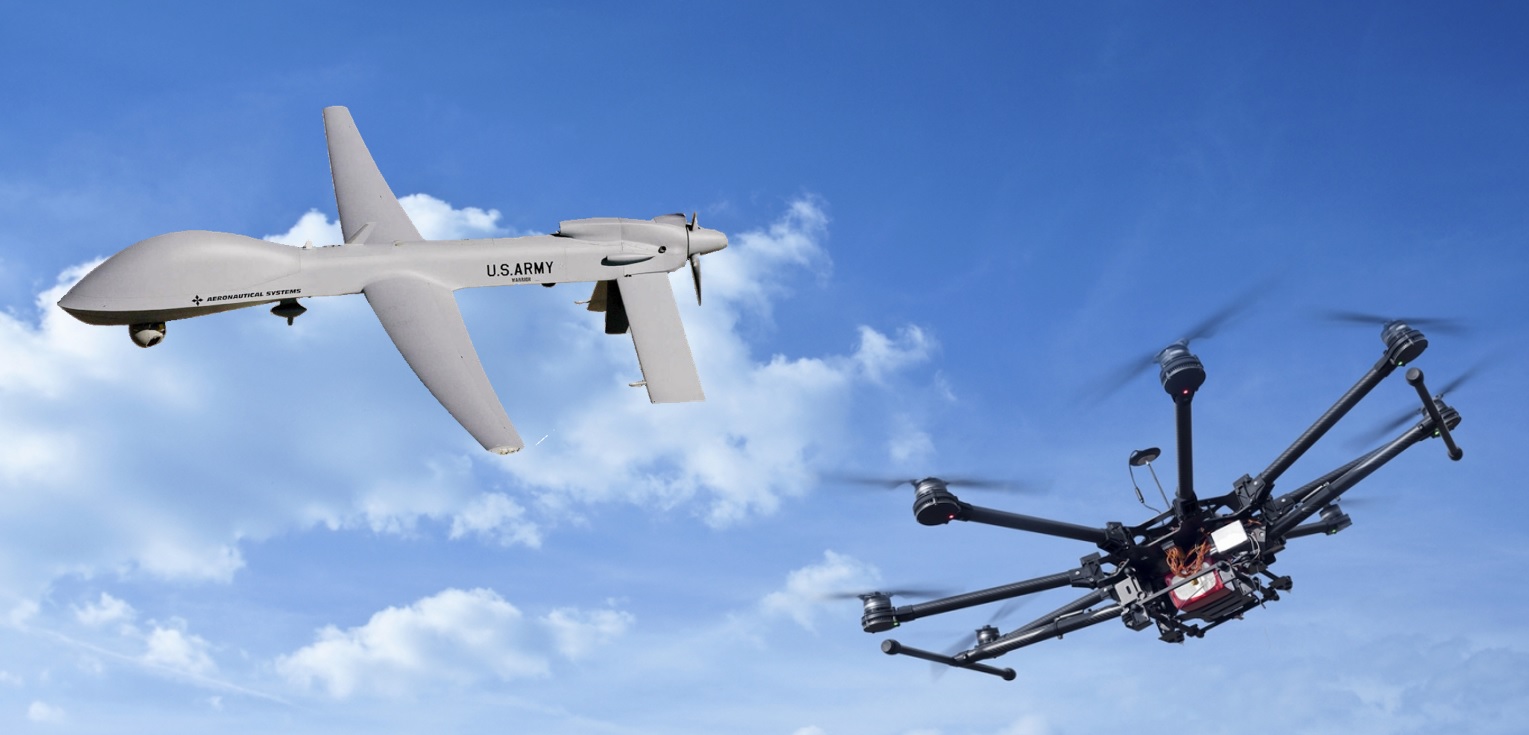Drones
Drones, which are sometimes called "Unmanned Aerial Vehicles" (UAVs), are made to do everything from simple tasks to very dangerous ones. You can find these robot-like cars helping to save people caught in avalanches in the Swiss Alps, dropping off your groceries at your front door, and just about everywhere else.

Drones were first made for the military and aerospace industries, but because they make things safer and more efficient, they have become popular in other fields as well. These unmanned aerial vehicles (UAVs) can fly without a pilot on board and can do things on their own in different ways. A drone can be remotely piloted, which means a person controls its movements, or it can have advanced autonomy, which means it uses a system of sensors and LIDAR detectors to figure out where to go. Different types of drones can go to different heights and distances. Most drones with a very close range can go up to three miles and are mostly used by hobbyists. UAVs with close range can travel about 30 miles. Short-range drones can go up to 90 miles and are mostly used for spying and gathering information. Mid-range UAVs can fly up to 400 miles away and could be used to gather intelligence, study science, or study the weather. The longest-range drones are called "endurance" UAVs and have the ability to go beyond the 400-mile range and up to 3,000 feet in the air.
Drones are perfect for some of the hardest jobs in the world because they can be controlled from far away and flown at different distances and heights. They help find survivors after a hurricane, keep an eye out for terrorists, and do scientific research in some of the harshest climates on the planet. Drones have even made it into our homes. Hobbyists use them for fun, and photographers can't do their jobs without them.
A drone is basically a flying robot that can be controlled from a distance or fly on its own with the help of software-controlled flight plans in its embedded systems, sensors, and GPS.